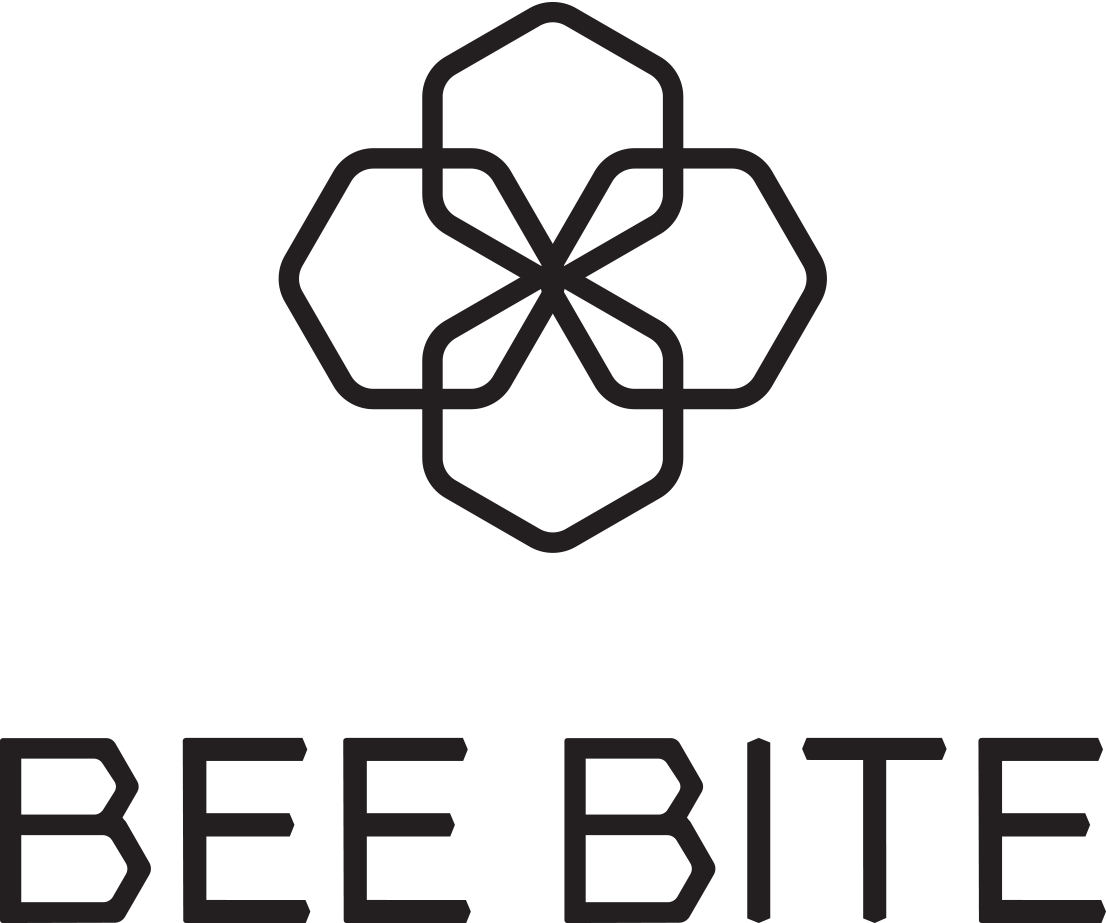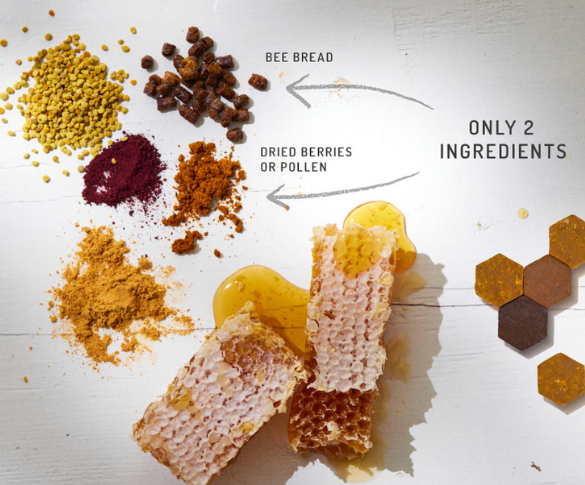BEE BREAD - SOURCE OF VALUABLE OMEGA-3-6-9
In today’s fast paced lives, it is difficult to receive all the nutrients required by the body. This also includes Omega-3 and Omega-6 fatty acids essential to the body, which are needed for the formation and regeneration of new cells, the development of blood vessels and nerves, and the retention of skin structure.
Our body cannot produce Omega-3 and Omega-6 fatty acids, so it is important that we receive them through the diet.
What are the functions of each of these fatty acids?
Omega-3 and Omega-6 fatty acids belong to polyunsaturated fatty acids. They play an important role in the normal process of inflammation and in the production of normal immune responses, as these acids stabilise the cell membranes of the immune system. The absolutely essential polyunsaturated fatty acids are linoleic acid (Omega-6), linolenic acid (Omega-3) and oleic acid (Omega-9).
The other long-chain unsaturated fatty acids that the human body needs are either derived from the mentioned fatty acids or are also received through food. Therefore it is important to make sure that Omega-3 and Omega-6 fatty acids are received.
Omega-3 fatty acids keep cell membranes elastic, promote cardiovascular health and reduce inflammation. In fact they have a positive effect on the entire body – from the development of babies to the proper functioning of the retina of the eye. Omega-3 fatty acids also improve brain function and mood. They reduce the risk of developing neurological diseases as well.
Omega-6 fatty acids, on the other hand, have a positive effect on cardiovascular health, they boost immunity and participate in the metabolism processes of the body. They are also needed for normal brain functioning and hair and nail growth.
The proportion between Omega-3 and Omega-6 fatty acids is important.
Since our bodies do not have the enzymes capable of producing these fatty acids, we can only rely on our diet to provide the right balance of Omega-3 and Omega-6 in the body.
Nowadays a large portion of people mainly consume Omega-6 fatty acids, receiving Omega-3 fatty acids in unprecedentedly low rates of use. We are adjusted to an Omega ratio of 1:4 to 1:6 (omega3:omega6), where respectively, Omega-6 exceeds Omega-3, 4 to 6 times. However, today’s reality in relation to our daily diets actually promotes a disproportionate amount of Omega-3 and Omega-6 fatty acids – 1:10, and up to 1:20 in the United States.
Excessive amounts of Omega-6 fatty acids, or more precisely an inadequate ratio between Omega-3 and Omega-6 fatty acids, can promote inflammatory processes in the body, negatively affect the function of the endothelium and reduce high density or good cholesterol levels. Excessive intake of Omega-3 also prolongs the bleeding time.
What destroys the required proportion of both fatty acids?
The industrial evolution of society is the main reason for why the ratio of Omega-3 and Omega-6 intake has changed so drastically.
Increased consumption of vegetable oils (rapeseed, soy, sunflower, etc.), as well as the excessive consumption of sausages, sweets and confectionery products, increases the proportion of Omega-6 fatty acids in the body.
Unfortunately, our lifestyles also burn more Omega-3 fatty acids (stress, high sugar intake, etc.) that we receive through our diets. The problem is also increased by the fact that we are reducing the amount of foods rich in omega-3 in our diets.
How can we receive both fatty acids in addition?
Omega-3 fatty acids belong to the group of essential fatty acids, which means that the body does not synthesise them, so these fatty acids have to be taken in with food.
Knowing that most people consume much less Omega-3 fatty acids than Omega-6 fatty acids, you should make sure to include more foods
rich in Omega-3 in your diet.
The most popular products rich in Omega-3 group long-chain fatty acids are salmon, herring, mackerel, Baltic herring, trout, cod.
But the products that are high in Omega-3 group short-chain fatty acids are linseed oil, rapeseed oil, soybean oil, sunflower oil, peanuts. However, we have found a less popular alternative that turns out to be able to provide all three fatty acids and other essential nutrients for the body – bee bread.
Bee bread has probably acquired its name, because by consuming it bees provide protein, carbohydrates, vitamins and other essential nutrients to their bodies.
Initially in order to produce bee bread, bees collect pollen, transport it to the hive and place it in the empty beeswax cells. Next the pollen is mixed with saliva and nectar, thus providing the right conditions for fermentation.
When pollen is preserved, the fermentation process begins and the end product of it is bee bread.
It turns out that bees have been using the fermentation process for much longer than we – humans. The obtained product is far more valuable than pollen, because many of its nutrients become more accessible to our body because they are broken down as a result.
Bee bread also does not cause allergic reactions compared to pollen.
The special content of bee bread
Bee bread is a bee-made product with an impressive diversity of biologically active substances.
Thanks to the fermentation process, bee bread has up to 3 times higher nutritional value and antibacterial properties compared to pollen.
Bee bread contains Omega-3-6-9 complex in a very good ratio, for the increased intake of Omega-3 fatty acids instead of Omega-6.
It also contains vitamins A, B1, B2, B3, B6, C, PP, E, D, K, H. You'll also find iron, magnesium, calcium, potassium and many other minerals in bee bread.
Bee bread also contains more protein than, for example, meat, fish or milk. Additional value to bee bread is added by the process of producing it – bee bread is obtained in an ecologically clean way.









